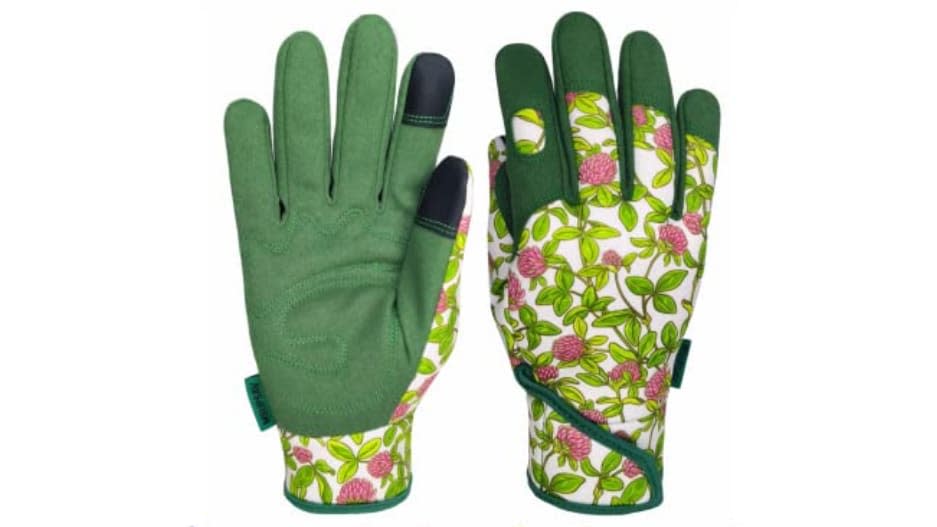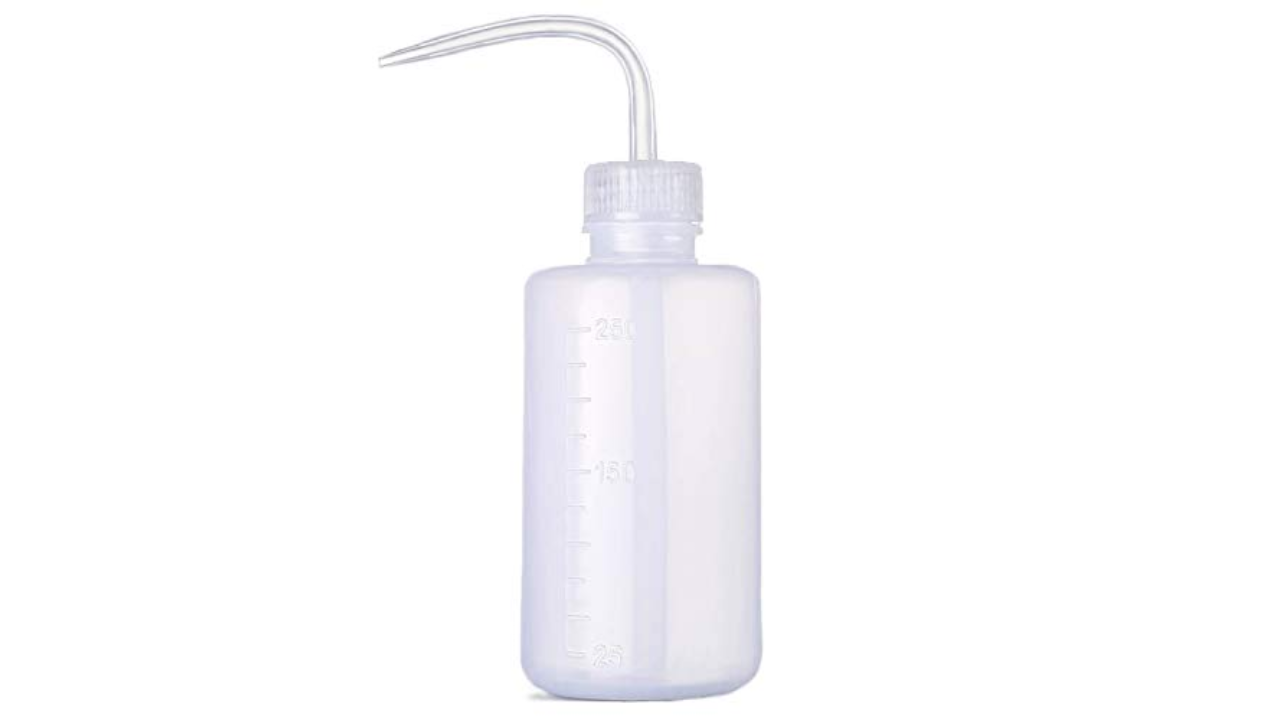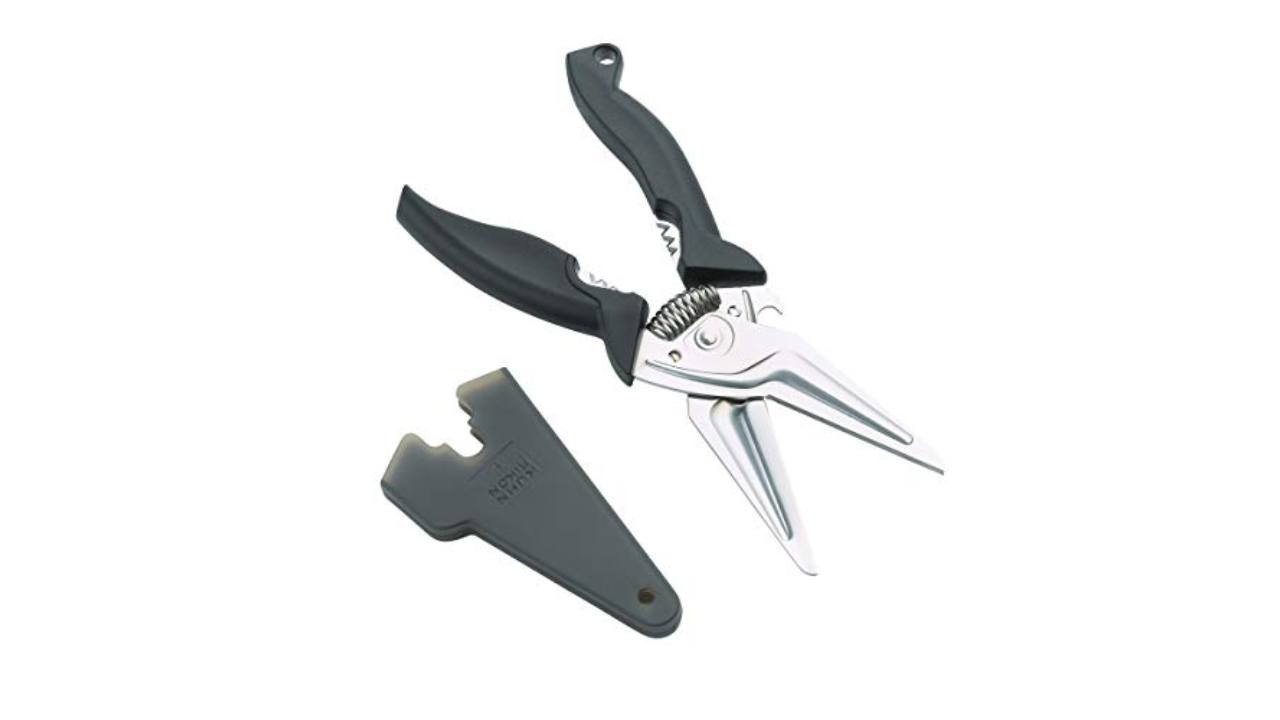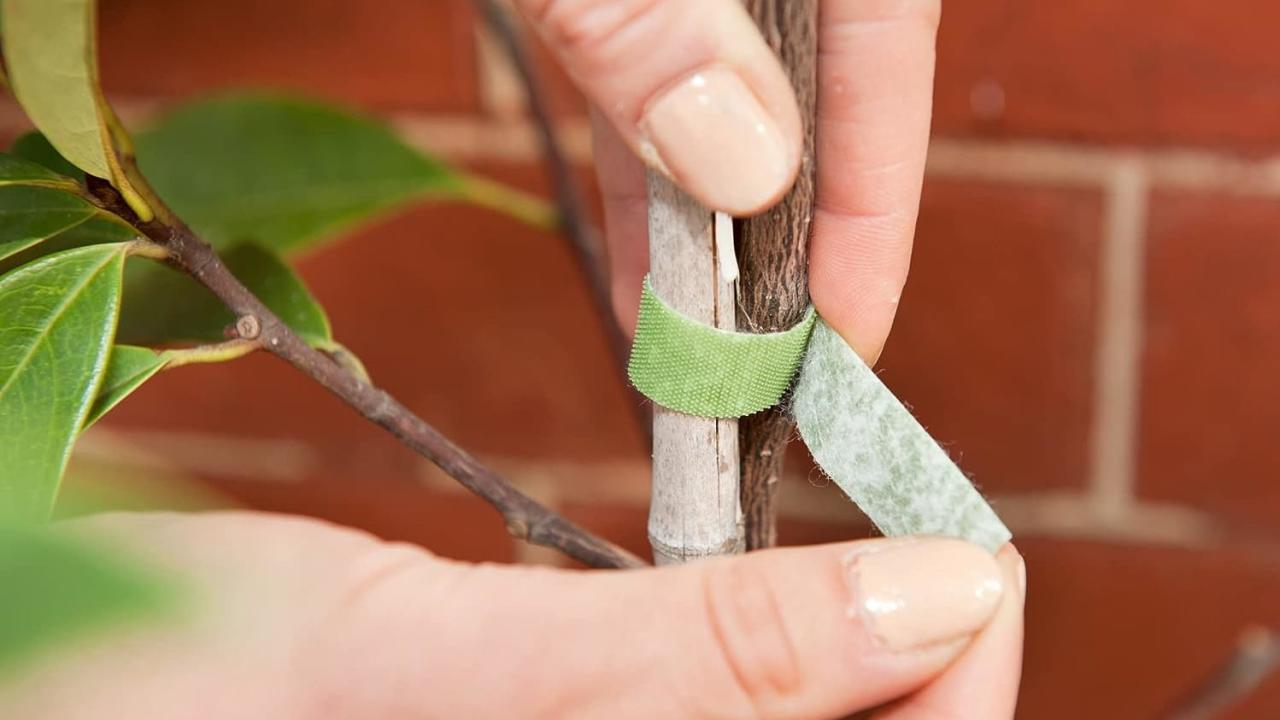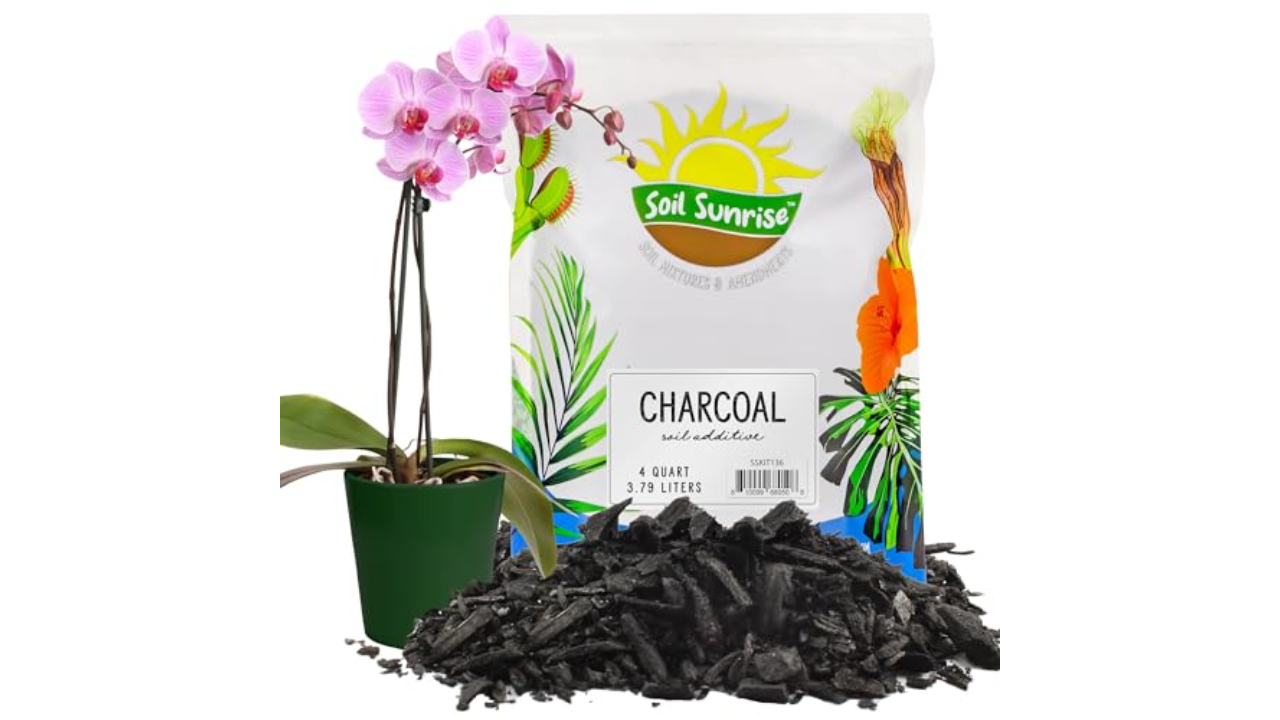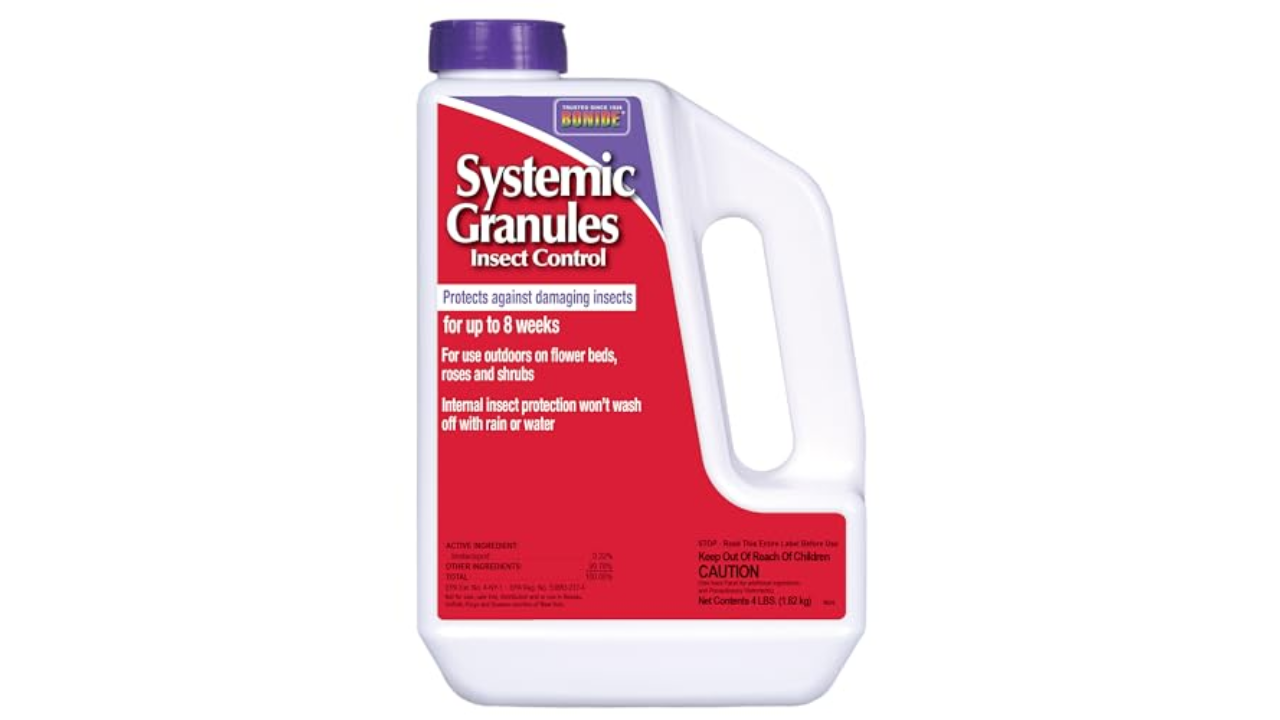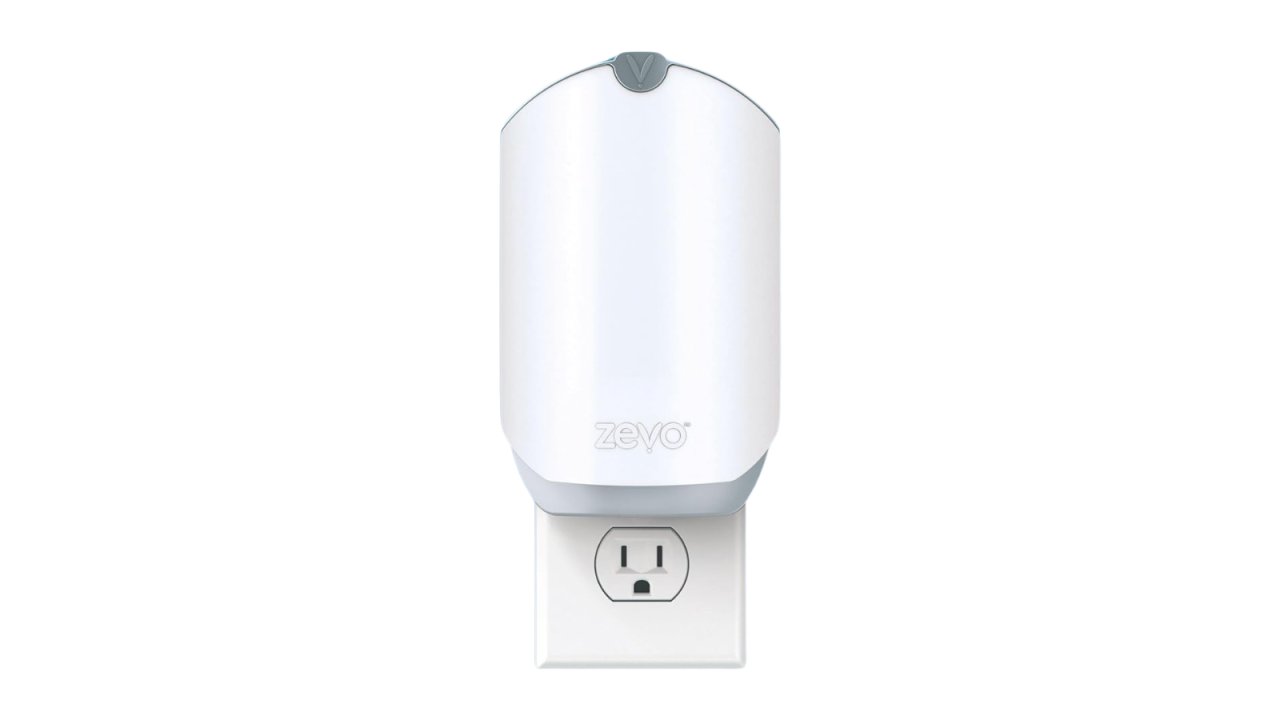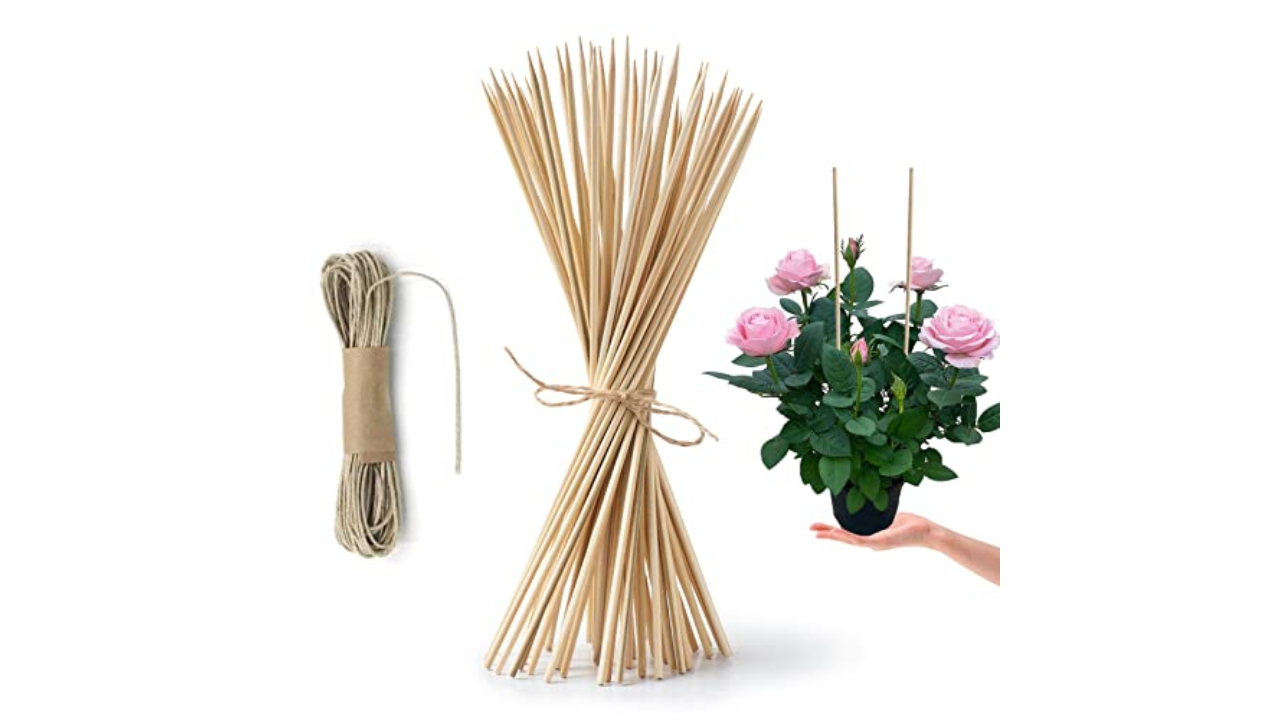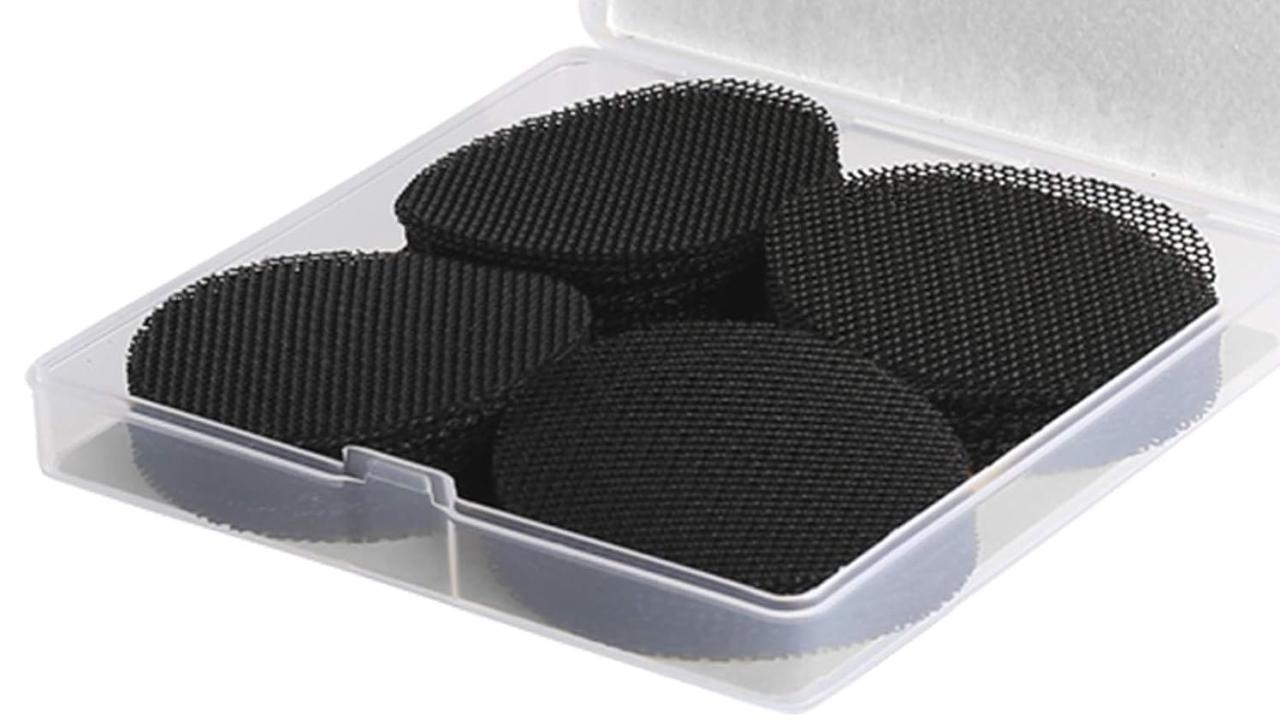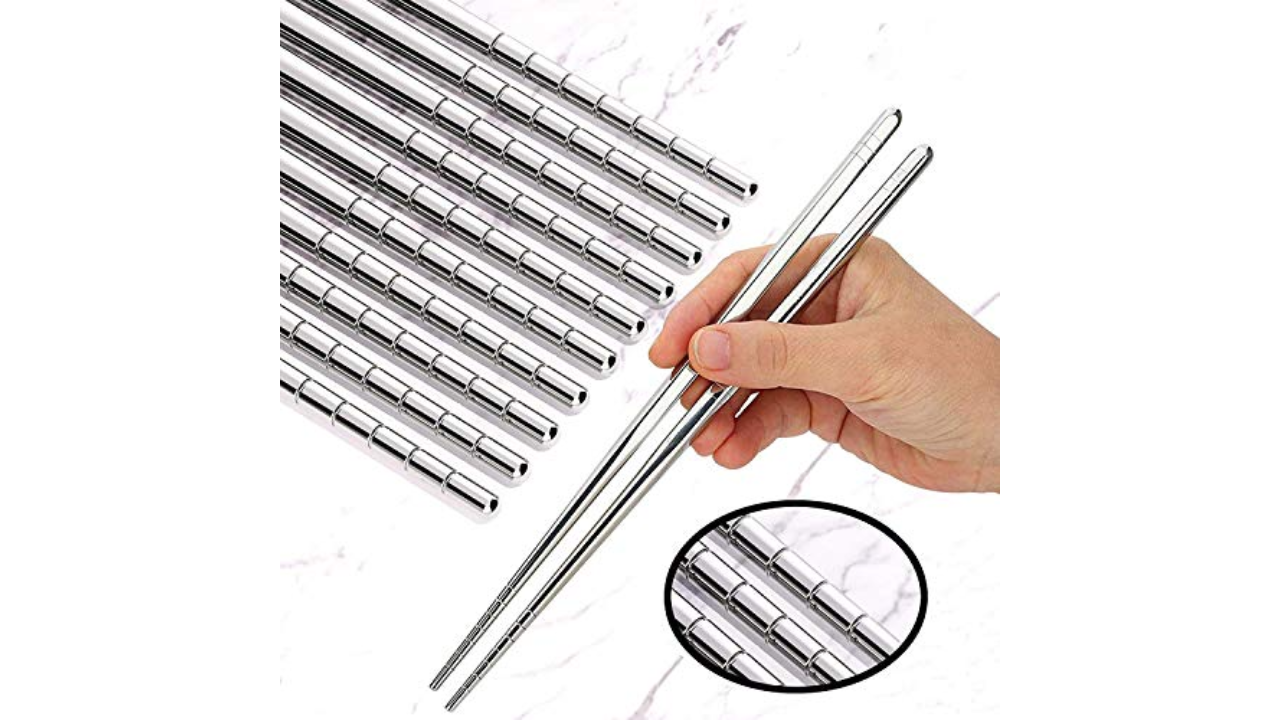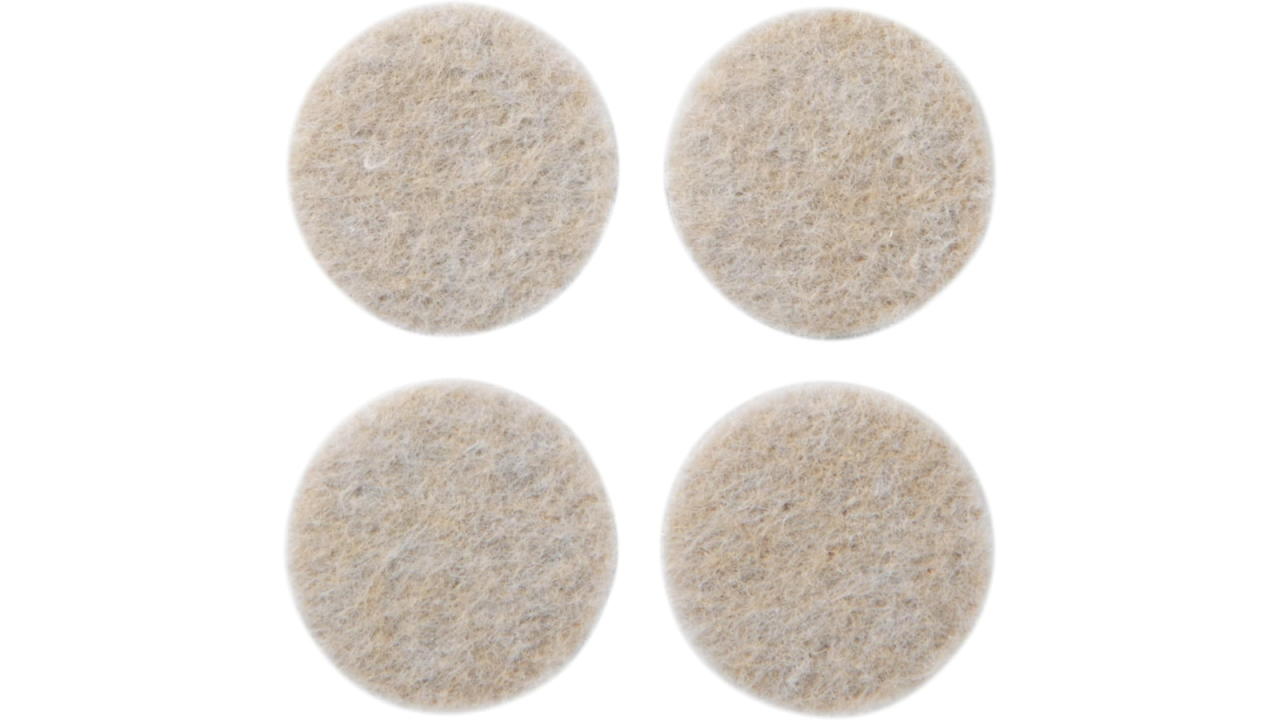Wanna flex your green thumb this season? According to a professional gardener, you should have these 11 tools on hand
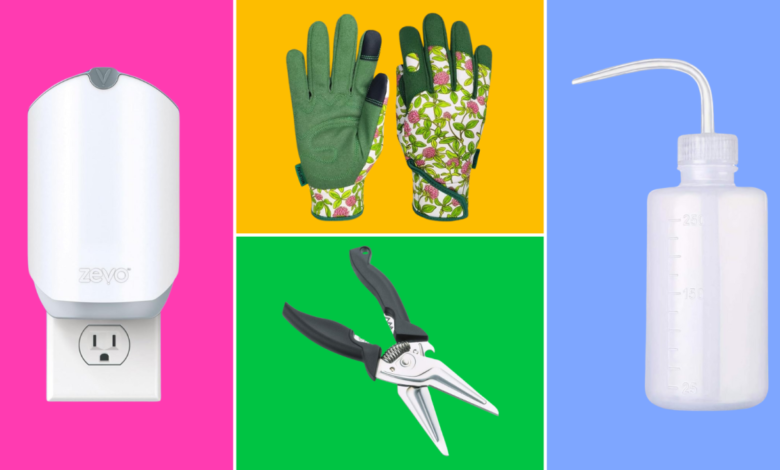
I write about home and kitchen products for a living, so if you’re looking for a new vacuum or air fryer, I’m your gal. But I’ll be the first to admit that when it comes to gardening, I’ve not yet developed a green thumb. Instead, I defer to my sister, Chelsea. Seeing as she spent several years doing plant installations for Chicago-based Variegated Designs and currently works for Stump in Philadelphia, she’s the one I go to for all of my horticulture questions. And since it’s prime gardening season, I thought I’d pick her brain about the products she uses most. Some are more obvious (like a sturdy pair of thorn-proof gloves and pruning shears) while others might surprise you — metal chopsticks, anyone?
Keep scrolling for all 11 of her gardening must-haves.
First things first: a good pair of gardening gloves. “These are thorn-proof, which comes in handy when handling cacti,” says Chelsea. They’re made of synthetic leather with foam padding on the palms and fingers for extra protection — and the cute prints they come in don’t hurt, either!
Want to keep your plants hydrated with more precision? She says, “This helps water smaller plants in narrow pots,” thanks to its narrow, bent nose. It even has measurement markings on the side so you can keep track of how much water is being delivered to each plant.
“I know these are normally used as kitchen scissors,” she admits, “but they work great as pruners. They stay sharp and can cut through thick branches for easy trimming.” She’s not the only one who uses them for horticultural purposes — several Amazon reviewers mentioned them being ideal for gardening as well.
When you have plants that need a little nudge to grow vertically, these sticky strips will help ’em out. “I use these to bind plants to grow poles,” Chelsea explains. They’re pre-cut and their soft sides won’t damage the plants.
Did you know that charcoal is good for plants? I didn’t! “I use this to pot plants in planters without drainage holes,” she says. “It’s a natural water absorbent, so it prevents your plants from sitting in water, which could cause root rot.”
Bugs happen — but just because they’ve decided to make your plant their new home doesn’t mean all hope is lost. “This treats plants that have a pest infestation,” she shares. “It’s easy to use: Just sprinkle generously over the top of the soil, mix about an inch or two into the soil and water.”
Of course, if you’d like to prevent bugs from becoming a problem in the first place, a trap is the way to go. This one relies on UV light and sticky pads to attract insects rather than harsh chemicals. “It catches gnats quickly — you just plug it into an outlet,” she says. “And it’s very easy to replace the adhesive backing.”
According to Chelsea, these unassuming sticks actually have several purposes. “They’re useful for propping up smaller, leggy plants,” she states. “They also make great moisture meters — just stick one into the soil like a cake, pull it out and if the stick is bare, the soil is dry and you can water. If soil is clinging to it, that means there’s still moisture in the soil and you can wait to water the plant.”
“I LOVE these to cover larger drainage holes to prevent soil from spilling out of the bottom while watering,” she gushes. (Apparently, this is what plant geeks get excited about!) They can also aid in letting excess water out to help prevent root rot.
Again with the kitchen products?! Chelsea insists these are useful for gardeners. “These sticks make it easy to break up roots in root-bound plants when repotting,” she explains. This reviewer agrees!
And, finally, we move away from the kitchen and into the living room — furniture pads, really? “I stick these to the bottom of larger planters to prevent scratches on the floor,” she says. “They also make it much easier to shift large plants around.” Alright, Chels, I be-“leaf” you!

